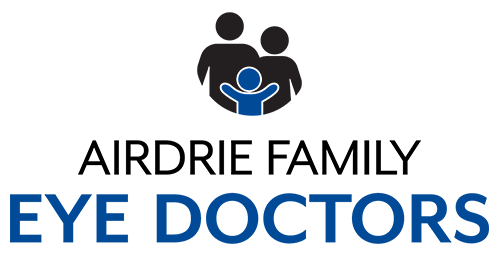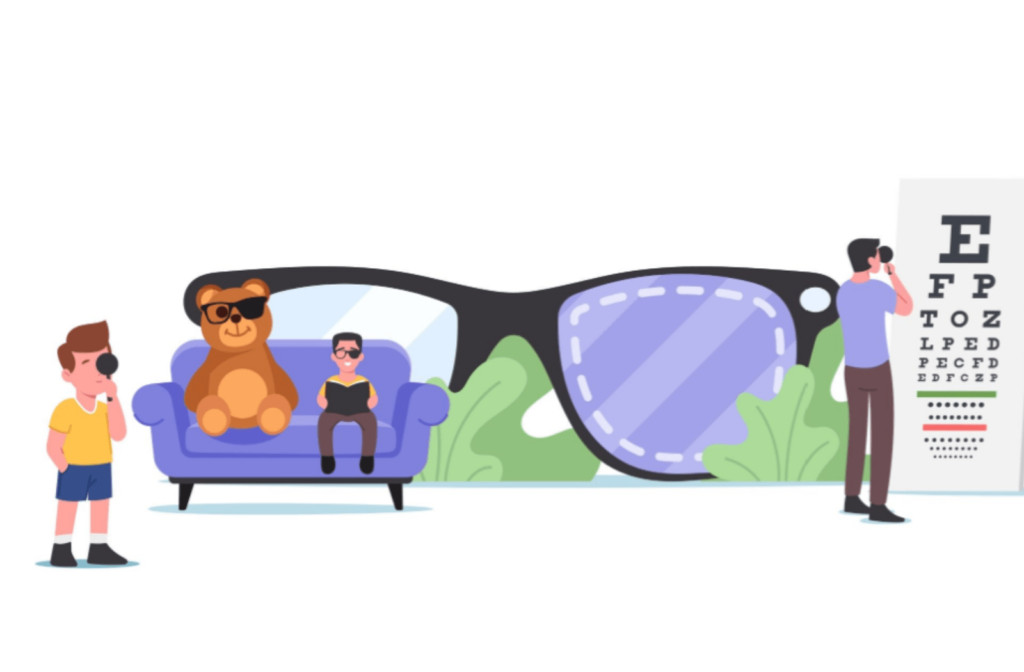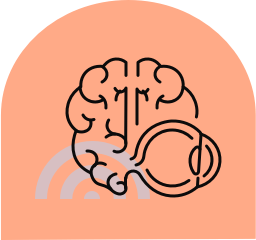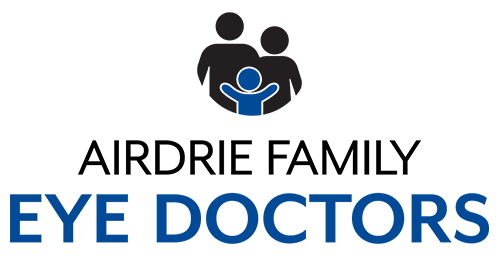Medical terms for many conditions develop new names that are easy to digest for the layperson. Eye diseases are no different. Amblyopia and strabismus are sometimes referred to as “lazy” eyes because one eye sees better than the other. Not only is the term lazy eye misleading, but it’s also inaccurate.
These conditions aren’t a choice. If we use the term lazy eye to describe these eye conditions, there is a risk that these children interpret that they are lazy, which of course, is not true. The eyes aren’t working together as they should.
Amblyopia and strabismus can often be corrected, and with help from your optometrist and vision therapy, both eyes may be retrained to function together again.
What is Amblyopia?
Amblyopia is the most common cause of monocular vision loss in children. When one eye doesn’t develop as it should, the vision in one eye is weaker.
In those with amblyopia, there’s a developmental problem in the nerve connecting the brain to the eye. The brain adapts to this developmental problem by relying only on the eye that sees clearly. This can create a disparity in vision between the unaffected eye and the eye impacted by amblyopia.
Because amblyopia often develops first in childhood, parents should schedule regular eye exams so their optometrist can detect early signs of the condition. The earlier we are able to detect amblyopia, the more treatment outcomes improve. Some behaviours you may observe in a child with amblyopia include:
- Difficulty with depth perception or deciphering how near or far something is
- Squinting or closing one eye
- Head tilting
Parents may not notice their child expressing these signs until an optometrist identifies these indicators in an eye exam. Children must have their eyes examined yearly, starting at six months of age.
What is Strabismus?
Crossed eyes, known medically as strabismus, are also commonly referred to as “lazy eyes.” Strabismus is a condition where the eyes do not line up with each other, so one eye is turned in a different direction than the other. People with strabismus have issues controlling the movement of their eyes.
This condition is commonly found in newborn babies, but it can develop later in life. Symptoms in infants include:
- Eyes that don’t align or move together
- Eyes that tend to drift outwards or cross inwards regularly
- Tilting their heads or squinting very often
Why We Should Stop Saying Lazy Eye
Amblyopia and strabismus are eye conditions that should be taken seriously. It should be recognized that they have nothing to do with someone being lazy, as these are neurological issues.
For decades, the only way to correct monocular vision problems was to cover the stronger (better seeing) eye and force the affected eye to do the work of both eyes. This is the eye patching method.
The great news is that we can now offer a far more comprehensive treatment program to address these conditions besides eye patching. Neuroscience has adapted to utilize vision therapy techniques to actively improve the communication between the eyes and brain and help regain function. With this shift to more modern treatment methods, retiring the pejorative term for the disorder is long overdue.
Causes of Amblyopia
Optometrists don’t always know why their patient is developing amblyopia. Occasionally, amblyopia can be genetic, but other eye conditions can lead to amblyopia, including:
- Refractive errors, such as nearsightedness, farsightedness, or astigmatism
- Cataracts, which make eyes cloudy and blurry
- Strabismus, where the eyes don’t line up and drift in different directions
- Ptosis, where the eyelid droops over the eye
- Eye damage
- Corneal ulcer
- Vitamin A deficiency
Risk Factors for Amblyopia
Children can develop amblyopia in different stages of the preschool years. A child may be more likely to have amblyopia if they:
- Were born premature
- Had a low birth weight
- Have a family history of amblyopia, childhood cataracts, or other eye conditions
- Have developmental disabilities
Causes of Strabismus
Strabismus tends to develop in newborns, but it can correct itself as the child grows older. If you notice your child still has vision problems later on, vision therapy may be an option.
Several other medical conditions in children have been associated with strabismus, including cerebral palsy and congenital rubella syndrome.
Strabismus can develop in adults too, but usually, it’s associated with certain medical conditions like Graves’ Disease or stroke.
Vision Therapy
Vision therapy is a customized treatment option comprised of visual exercises to enhance depth perception, build stronger eye coordination skills and encourage both eyes to work together. Vision therapy harnesses neuroplasticity to treat eye conditions like amblyopia or strabismus in children and adults.
Some vision therapy techniques that your optometrist may implement:
- Accommodation: trains the weaker eye to focus effectively
- Spatial skills: improving hand-eye coordination and motor skills
- Stereopsis: strengthens binocular vision and improves 3D and depth perception
Treat Amblyopia & Strabismus with Vision Therapy
Vision therapy can build on several skills to re-establish communication between the eyes and the brain. Our knowledgeable optometrists at Airdrie Family Eye Doctors can use evidence-based vision therapy techniques for several different conditions to improve vision.
Contact us to learn more about what vision therapy can do and schedule comprehensive eye exams for the whole family.














